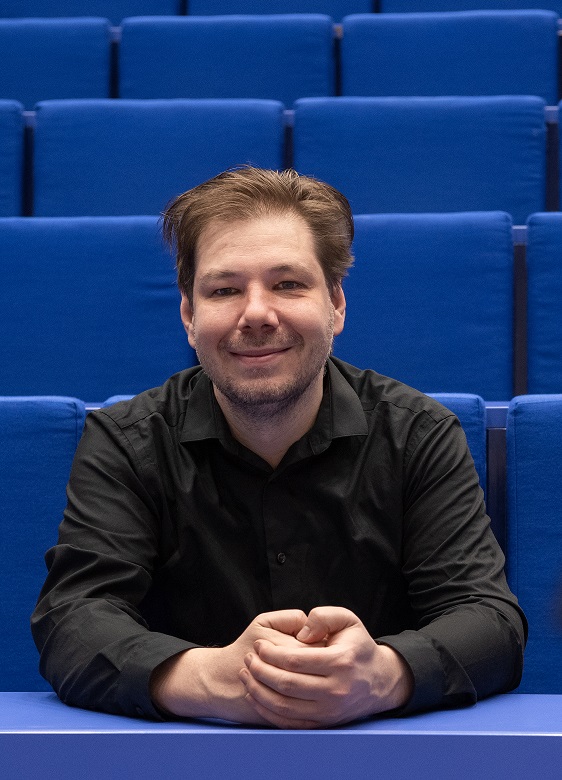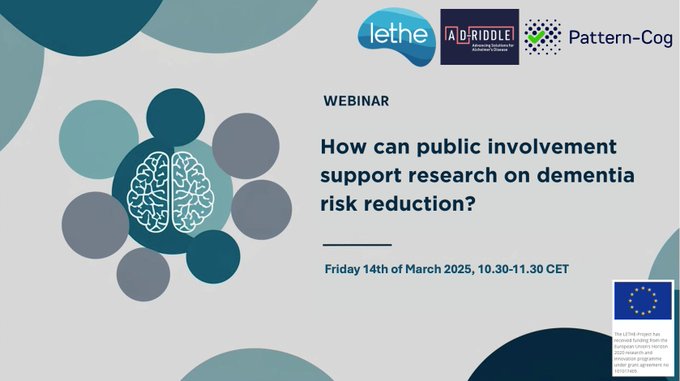In order to showcase the work we do in Pattern-Cog, European project funded by ERA PerMed, we caught up with Jussi Tohka, the coordinator of the Pattern-Cog project, and asked him a few questions about his work, expectations and challenges.
- Please introduce yourself and tell us a bit about the institution/organisation you work for
I am a Full Professor of Biomedical Image Analysis and head of Biomedical Image Analysis Group at A.I. Virtanen Institute for Molecular Sciences of University of Eastern Finland. My research focuses on developing new methods to analyse imaging data and developing machine learning approaches for predicting the course of brain diseases at individual level. My background is computational, having Msc in mathematics and PhD and docentship in signal processing. From 2017, I work at A.I. Virtanen Institute for Molecular Sciences, which is a research institute that responds to the global health challenges created by the aging of the population and changes in lifestyle by focusing on the research of cardiovascular and brain diseases. The institute participates also in PhD education and is located in Kuopio, Finland.
- What is the focus of your work within the Pattern-Cog project?
I am leading the whole project trying to coordinate the work done in different Work Packages (WP) and partner institutions. In addition, I lead WP2 in the project which develops multi-view machine learning algorithms to combine data for prediction of cognitive decline that are adaptable between different cohorts. Multi-view machine learning tries to combine data from multiple perspectives (or measurement types) to make better predictions. For example, imaging and cognitive tests provide complementary information about the invididual and because these modes of data are different it makes sense to model these differences.
- What do you enjoy the most about your work on the Pattern-Cog project? What do you find most challenging?
Pattern-cog is the first international consortium project that I am leading as the main PI – there has certainly been lots of things to learn about how to manage the project efficiently. In Pattern-cog, I think that we have an excellent team of researchers from very different backgrounds and one always learns something new during our meetings. I think that working with very talented researchers in multidisciplinary settings for an important purpose has been the most enjoyable in Pattern-Cog.
- What are your expectations and what do you think is the importance of the project for the wider field?
The Pattern-Cog project will develop and validate methods to predict future cognitive decline based on data available from standard clinical evaluations from multiple sources. Our focus will be in the pre-symptomatic phase of dementia and on persons at-risk. While there is a large body on literature on personalised medicine studies focusing on predicting the transition of mild cognitive impairment to Alzheimer’s disease/dementia, there exists a clear gap of methodology for detecting people in the pre-symptomatic phase of the disease who will develop cognitive impairment in future and who would benefit from personalised assessment of prevention potential and intervention effects. This is becoming more and more important as the interventions are becoming better and clearly more information is needed who to target with these interventions, how to design the interventions, and when to time the interventions. Dementia/Alzheimer’s risk reduction has enourmous potential when the measures are started early enough and at the correct time.

















